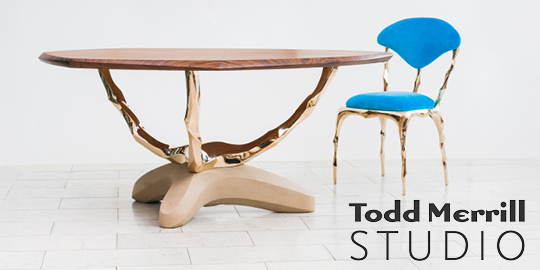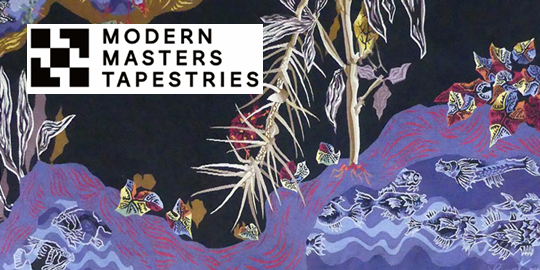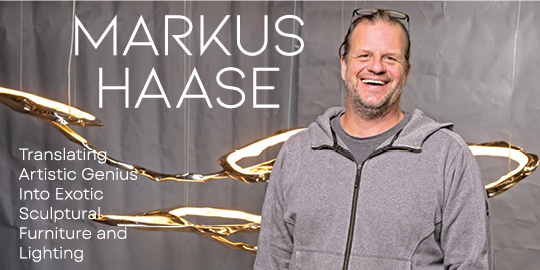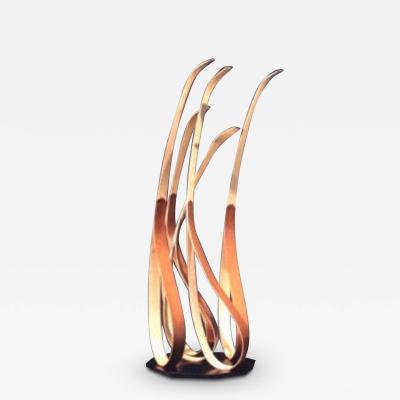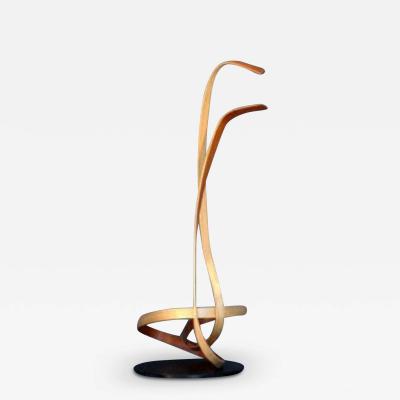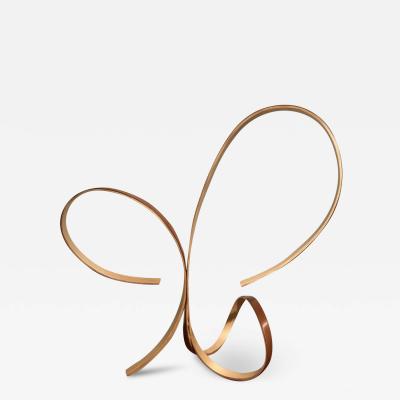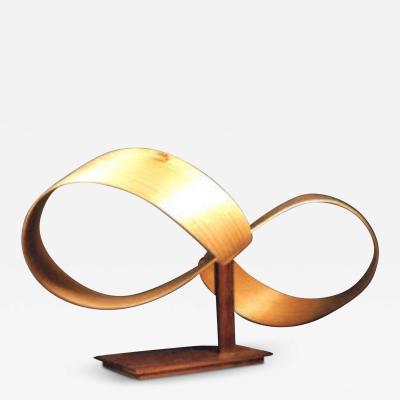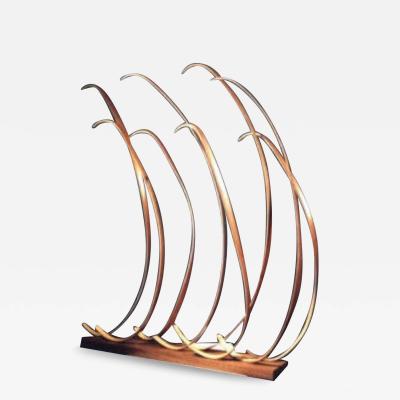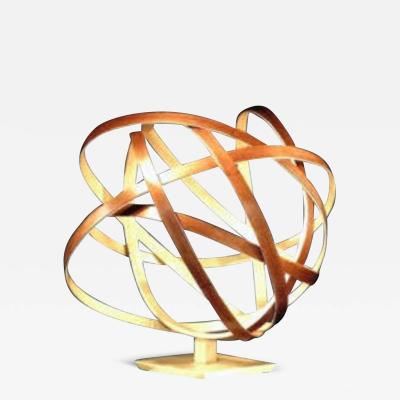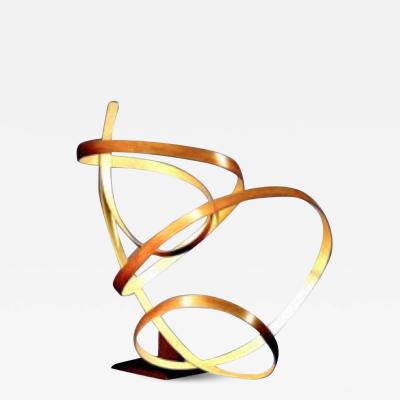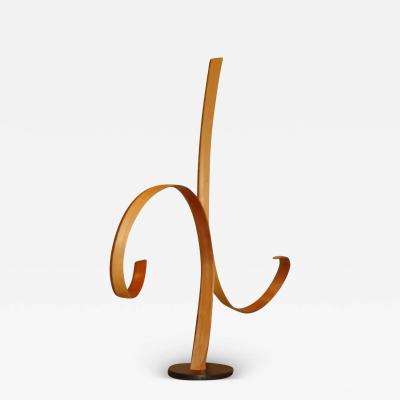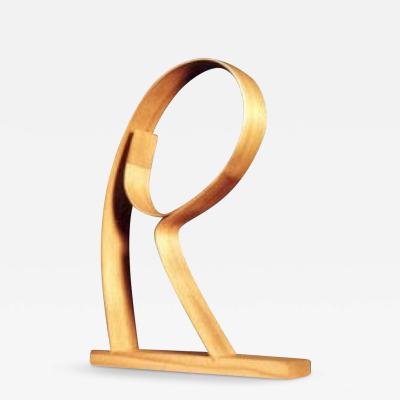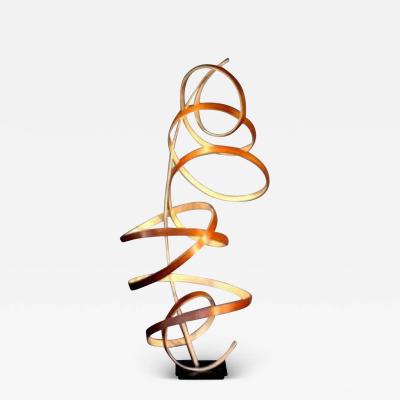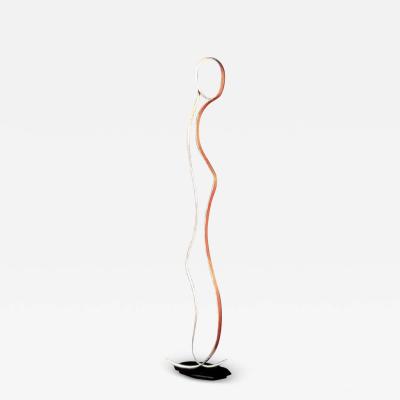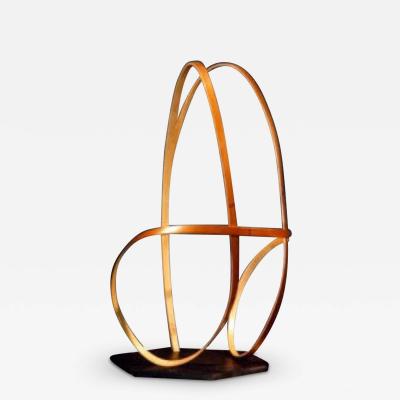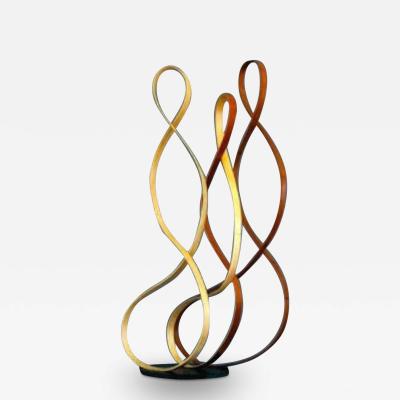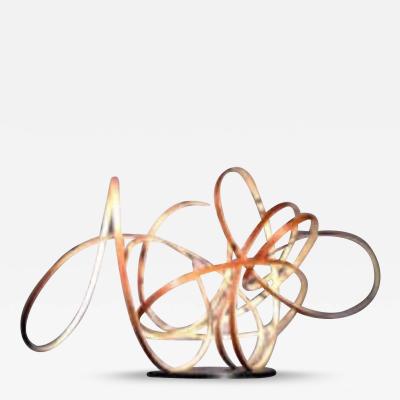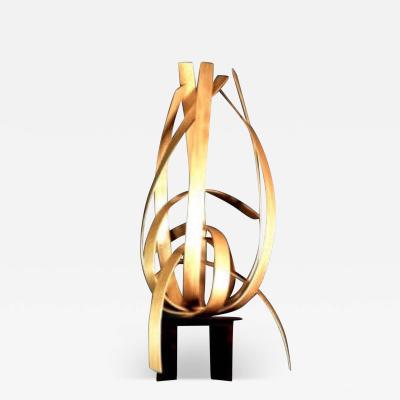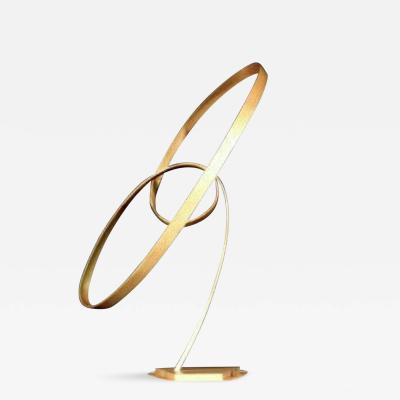Len Harris
Len Harris spent a distinguished forty-year career as an aerospace engineer, working both in the industry and at NASA. During his tenure, he engaged in significant engineering research and contributed to several major aeronautics and space development programs. Among his most fulfilling achievements was his involvement in the manned lunar program, which left a lasting impact on him.
While immersed in his technical work at NASA, Harris nurtured a parallel passion for the arts. He took evening studio art classes at Montgomery College in Maryland, where he honed his skills in oil painting. His early work primarily focused on plein air painting, capturing the serene landscapes along the Potomac River and at remote sites throughout Montgomery County, where he resided.
Over time, Harris’s artistic exploration expanded into sculpture, a medium that he embraced with growing enthusiasm. His sculptures often revolve around his concept of "ribbons of wood," a technique that involves creating flowing, dynamic forms from wood strips. This approach reflects his desire to evoke powerful human responses using minimal material. Harris seeks to make visible the invisible, translating subjects like the human form, emotions, animals, or even the trajectories of bodies in motion into sculptural works.
Each of Harris’s sculptures is rooted in personal memories, imbuing the pieces with a sense of history and emotion. The sensuous curves of his wood "ribbons" not only define the composition but also create a feeling of movement through their twists and bends. The texture, color, and grain of the wood further amplify the emotional resonance of each piece. While he begins with a sketch, the final sculpture is always shaped by the tactile experience of working the wood, allowing the material itself to guide the outcome.
One of the first sculptural works Harris created during his art classes was made from thin wood plies. This piece marked the beginning of his exploration into the medium that would become the hallmark of his career in sculpture. Over time, he developed a technique for manipulating large plies or ribbons of wood, enabling him to achieve light, free-flowing sculptural forms that remain a defining characteristic of his work today.
